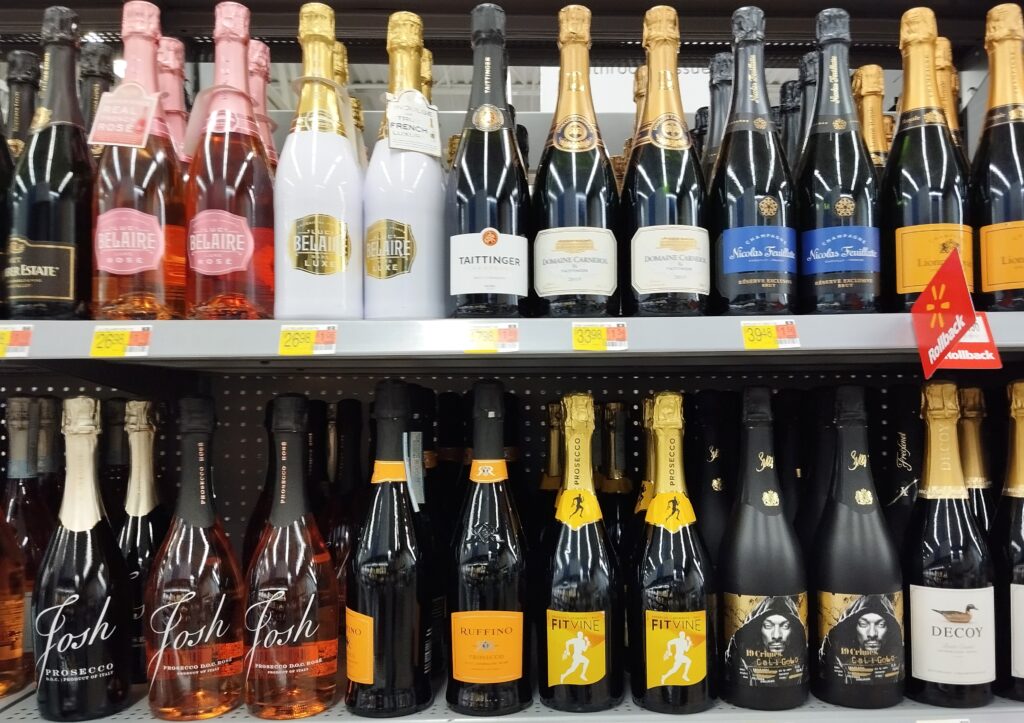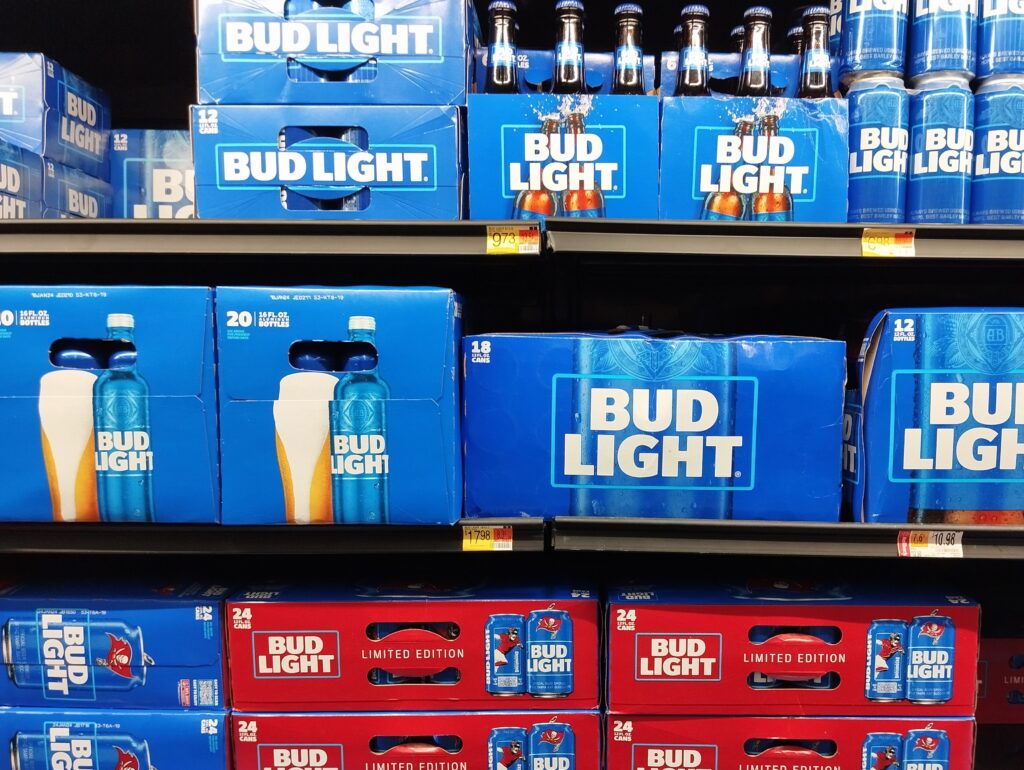Text and Photos by Evangeline T. Capuno
Globally 2.6 million people die from drinking alcohol every year, according to a new report released by the Geneva-based World Health Organization (WHO).
A technical manual on alcohol tax policy and administration showed at least 148 countries have applied excise taxes to alcoholic beverages at the national level, in an effort to drive down the demand for alcohol to ultimately enjoy the population benefits in terms of health and decreased mortality. However, wine is exempted from excise taxes in at least 22 countries. Globally, on average, the excise tax share in the price of the most sold brand of beer is 17.2%. For the most sold brand of the most sold spirits type, it is 26.5%.

“A 2017 study shows that taxes that increase alcohol prices by 50% would help avert over 21 million deaths over 50 years and generate nearly US$17 trillion in additional revenues,” the United Nations agency said. “This is equivalent to the total government revenue of eight of the world’s largest economies in one year.”
“Taxing unhealthy products creates healthier populations. It has a positive ripple effect across society – less disease and debilitation, and [additional] revenue for governments to provide public services. In the case of alcohol, taxes also help prevent violence and road traffic injuries,” said Dr Rűdiger Krech, Director, Health Promotion, World Health Organization.
Excise tax on all alcoholic beverages
The WHO cites the case of Lithuania which increased alcohol tax in 2017 to drive down consumption. As a result, there was decreased deaths from alcohol related diseases.
“Lithuania increased alcohol tax revenue from 234 million euros in 2016 to 323 million euros in 2018 and saw alcohol-related deaths drop from 23.4 per 100 000 people in 2016 to 18.1 per 100 000 people in 2018,” the WHO said.
A recent Gallup Poll, conducted in collaboration with WHO and Bloomberg Philanthropies, found that the majority of people surveyed across all countries supported increasing taxes on unhealthy products such as alcohol.
WHO recommends that excise tax should apply to all alcoholic beverages.
Filipinos love drinking to socialize
Social drinking – tagayan or inuman in Tagalog and Visayan languages, respectively – is almost always a part of Filipino culture during celebrations. Whether it is a birthday, a fiesta, or a wedding, a family reunion or just a simple get-together, Filipinos have a reason to gather around a table, buy some alcoholic drinks and just chat the night away.
About 38.9% of Filipinos are occasional alcohol drinkers, 11.1% are regular drinkers (13% males and 5.9% females) while 4.8% are heavy drinkers (6.6% males and 1.3% females), according to a study conducted by the WHO and the Department of Health (DOH).
Surprisingly, 60% of Filipino youths ages 13 years and above have taken or are taking alcoholic beverages (79% males and 21% females). Total recorded per capita consumption is 3.75 liters of pure alcohol for those 15 years and above and increases by 10% every year, studies showed.
“Drinking is more acceptable among younger males and those likely to drink are those who are not living with their parents, [those] whose parents approve of drinking, [those] who frequent social gatherings or parties, bars and discos, and those who do not normally take part in any sport activity,” the studies said.
In both studies, it was found that Filipinos drink to socialize (45.5%), to remove stress and burden (23.8), or to just be happy and gain pleasure (17.5%).
During the coronavirus pandemic, some 40% of Filipino adults have turned to drinking alcohol, according to a mobile survey conducted by the health department in January of 2021.
Four in 10 Filipinos (40.1%) drank alcohol in the 30 days prior to the survey. “Alcohol use was higher in men compared to women, with 51.4% of men and 28.9% of women reporting current drinking use,” DOH said in a statement.
One in three adults (33.1%) reported drinking six or more glasses in a single drinking occasion. “Men reported higher rates of heavy drinking occasions at 43.2% compared to women at 22.9%,” the survey found out.
“Alcohol drinking has been traditionally associated with happiness, success, thrill and sexual prowess, especially for the males, contemporary images of the young and the women emerging,” wrote Maritona Victa Labajo in her study of alcohol drinking patterns among Filipinos.
“Alcohol is a part of the day-to-day lives as portrayed in soap operas, basketball leagues, comedy shows, and music video channels,” Labajo added. Not to mention that drinking alcohol is seen as cool and trendy in television commercials.
It’s no wonder why an average Filipino spends 1% of its income on alcoholic beverages, as per Family Income and Expenditure Survey conducted by the National Economic Development Authority (NEDA) showed. For moderate and heavy drinkers, the spending can go up as high as 20%.

Filipinos drink any alcoholic beverages they can buy. Most of them, however, drink beer (78.5%). About 70.6% gulp liquor-rum, gin, whiskey, and lambanog while 42.4% drink wine, tuba, sangria, and sherry.
Alcohol is a drug
“Alcohol is the most dangerous drug known to mankind,” writes Mark S. Gold, author of The Facts About Drugs and Alcohol. “Alcohol is the most frequently abused drug in the world,” adds Dr. Gary Hopkins, director of the Institute for Prevention of Addictions at Andrews University in Michigan.
Historically, people drank alcohol when they could get it: as food, in place of fetid water, as relief from the misery of life, to chase after pleasure – at births, weddings and festivals. Dionysian and Bacchanalian were the gods of this merry-making.
The Bible’s Old Testament prophets had long issued warnings against alcoholic drinking. Moses proposed death for rebellious, drunken sons. Islam is traditionally against drinking. The Fourth Sura of the Quran proclaims that alcohol is from the devil and must be avoided.
But religion doesn’t stop Filipinos from drinking alcoholic beverages. In fact, Filipinos don’t perceive heavy drinking or alcohol addiction as a clinical problem, the Labajo study found out. So much so that there are low admissions in rehabilitation or treatment programs for alcoholics.
Alcohol drinks, once consumed, are indeed hazardous to your health. Around 3 million deaths every year result from harmful use of alcohol worldwide, representing 5.3% of all deaths.
“Alcohol consumption is a causal factor in more than 200 disease and injury conditions,” the United Nations health agency reports. “Drinking alcohol is associated with a risk of developing health problems such as mental and behavioral disorders, including alcohol dependence, major noncommunicable diseases such as liver cirrhosis, some cancers and cardiovascular diseases, as well as injuries resulting from violence and road clashes and collisions.” – ###








